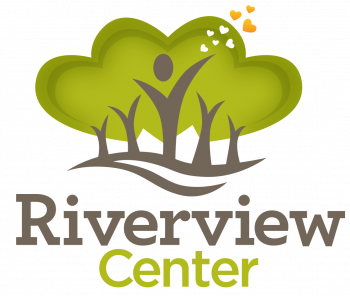It is not enough to define consent, we must practice it
As part of my job I often talk about consent. It’s pretty much impossible to do the work that we do as advocates without also talking about consent and sex. It’s part of the job. If we just talked about how sexual assault is bad and statistics and power dynamics when we go to area colleges and conferences, we would have plenty to talk about still, but it’s kind of like building a table with two legs and expecting it to stand on its own.
If you talk about sexual assault, power dynamics, and rape culture, you must also talk about consent and sex as well as what that looks like. It’s coming full circle, it’s balancing it out so that it stands on its own. It’s important to talk about consent, to define it, but lately I’ve come to the conclusion that that isn’t nearly enough.
Let’s think about consent like a new word that you just learned. I can define it for you and tell you what it is and what it might look like. I can talk about all of the components of consent: mutual respect, negotiation, verbal and ongoing agreements. That’s all well and good, but when you hear a new word, we often use it in a sentence. It’s practice. I know what it is, now how do I use it? Consent is the same way. Much of the time when I go into colleges, students have a good working definition of consent. They get the concept. But the question is, do they know how to practice it and are they actually applying it when they leave the classroom?
Let’s also think about what that one presentation on consent and sexual assault looks like in the life a young person. It’s an hour-long presentation, then they get to go about their day and they are met with sexual images everywhere. They are met with a culture that is full of victim blaming. They are taught in many different ways that though sex is something that we see everywhere, it’s weird or unsexy to talk about it—and they learn that it’s probably just a better idea to rely on body language for consent. They aren’t encouraged to define or communicate their sexual desires. They are told by campaigns that sexual assault is bad, but they aren’t given the life skills to facilitate sexual agency and communication.
Teaching consent and setting the groundwork for its practice requires getting out of our comfort zones. It requires actually talking about sex and erotic possibility. Here are a few things that can go into this discussion: discussing safer sex, defining boundaries, talking about what you’d like out of a sexual encounter and what your values are. This is groundwork. It’s something that can be done before people ever get into a sexual situation. The first part about communicating well is knowing what you’d like, or at least what you’re curious about. The second part is actually being about to talk about that with someone that you’re interested in and getting out of your comfort zone.
When discussing safer sex and a variety of activities, it is important to acknowledge that there are a variety of activities that can be erotic, and there are many different ways to do things that are sexually satisfying. It’s all about creating space and really empowering people to make their own decisions about their sexual life.
Sexual interactions can be with the self (unpartnered), or with one or more partners. Sexual interactions can be fully or partially clothed, or with no clothes on. Sexual interactions can be sensual, they can involve power exchange or be kinky. Sexual interactions can involve a variety of emotions. Sexual interactions are meant to be pleasurable. That is huge and something that isn’t heard in schools. Yes, this is supposed to feel good. You may not want to do everything and you may find that what you like is different than what others like. That’s ok.
Once we’ve built that foundation of sexual agency, it’s time to talk about boundaries. What are you ok with doing or not ok with? This is subject to change based on your age, the day, or even the person that you’re with. Setting boundaries is a way to honor both yourself as well as your partner, and they create clear communication so that you can have more fun and make sure that everyone is on the same page. This is reframing the consent talk as a discussion rather than an interview. It’s making sure that expectations are clear. The great thing about setting clear boundaries as well is that it’s easier to assess compatibility with potential partners. If one of your boundaries is “no penetrative sex” and the other partner values and prefers penetrative sex, this likely won’t be a good match.
When we talk about consent in more nuanced ways and start to actually give students the tools to practice it, not only are we empowering them, but we are also creating a much more effective presentation. They are getting takeaways. Instead of hearing: “Can I kiss you?” as a model of asking for consent, they walk away hearing “I enjoy kissing here and here, where do you like to be kissed?”
Consent shifts then to not just something that you “should” do, but something that is a creative and imaginative process that you can have with partners or even with yourself. Sexuality is an exploration, and consent is the wonderful tool to navigate that.

